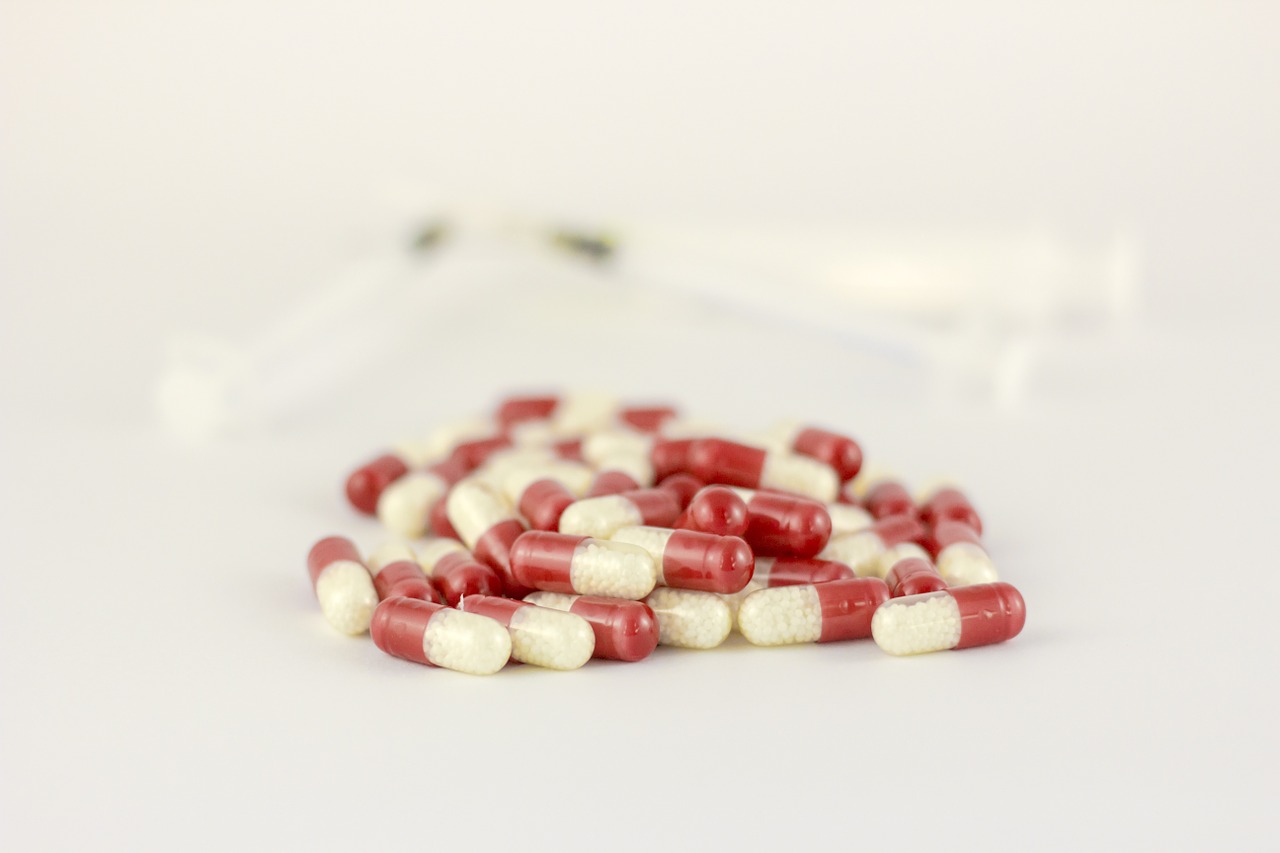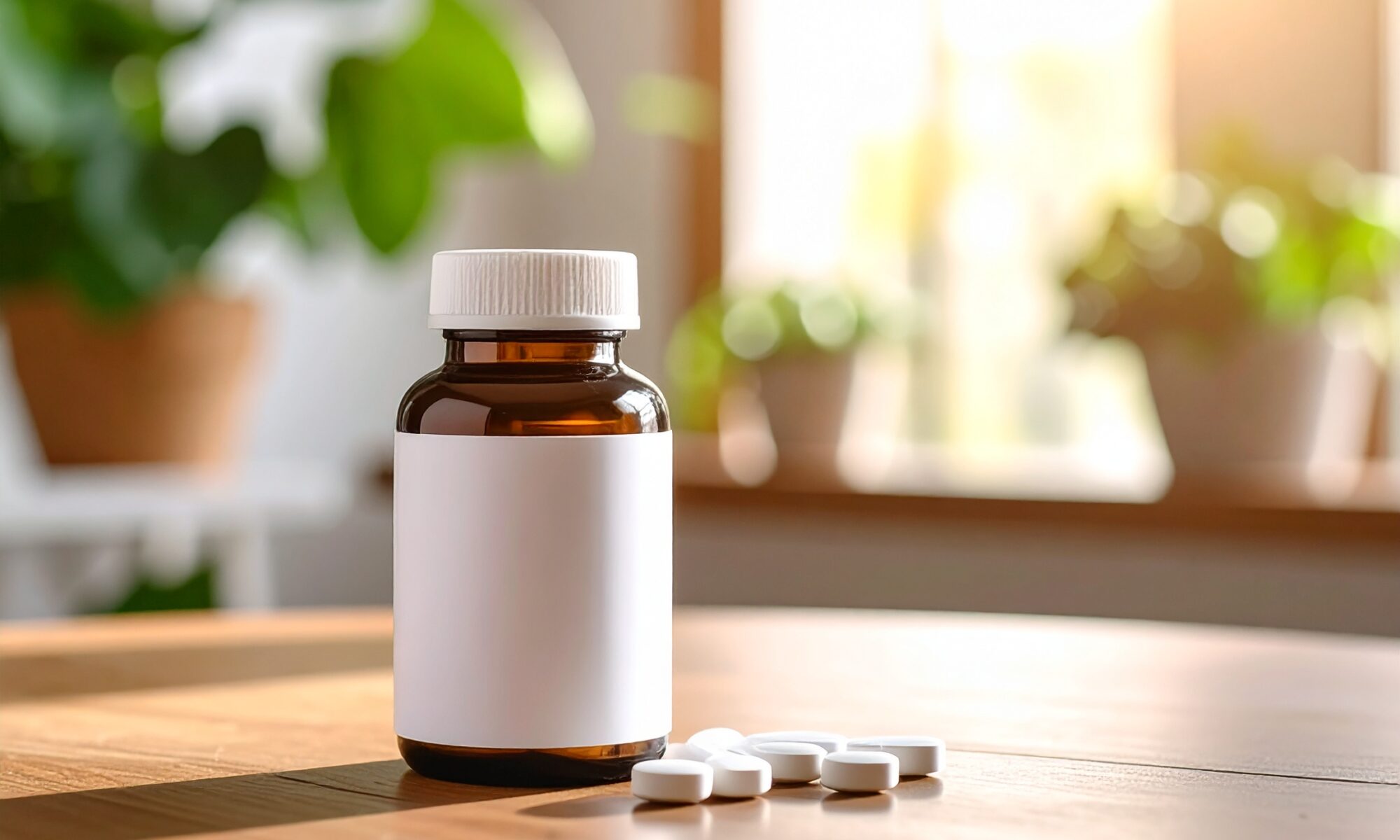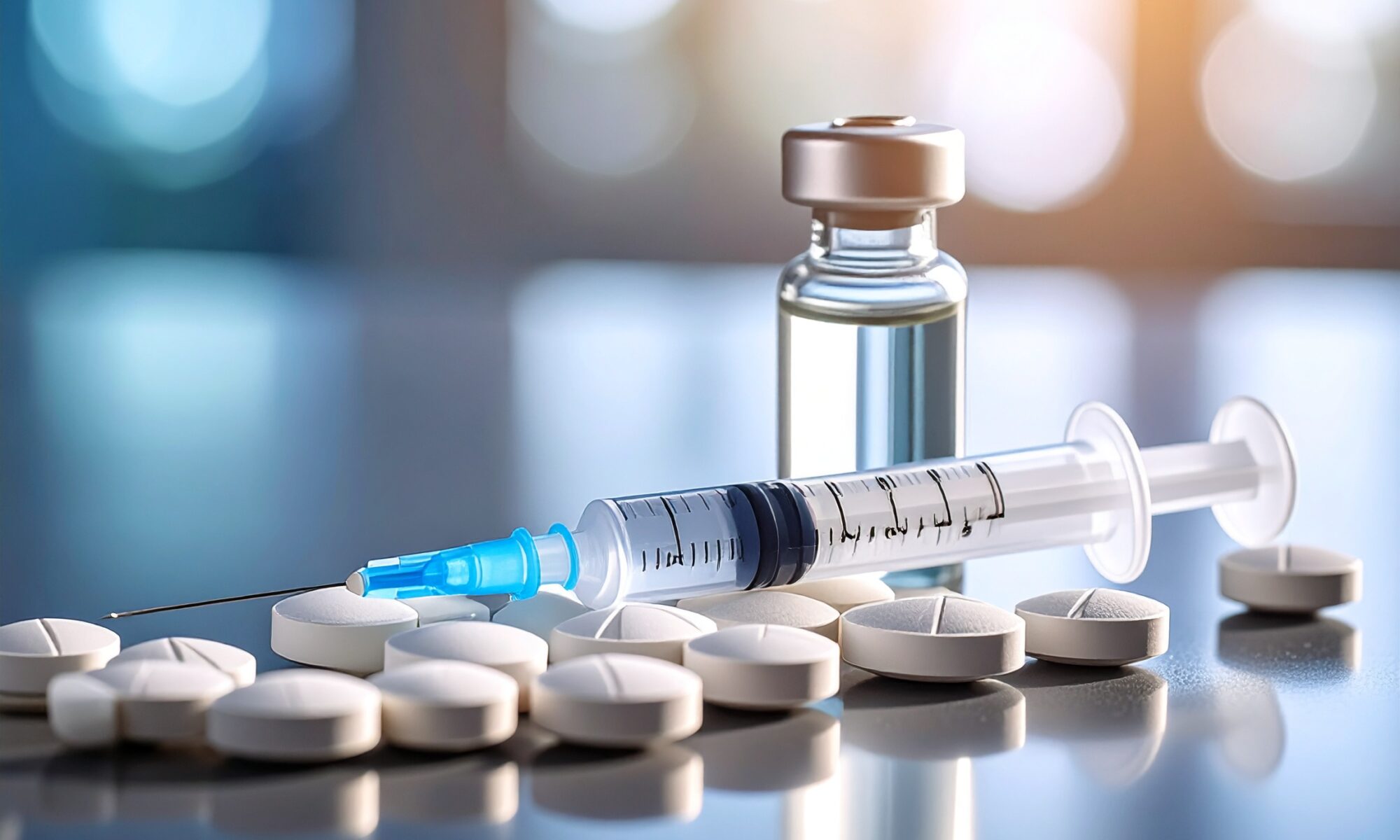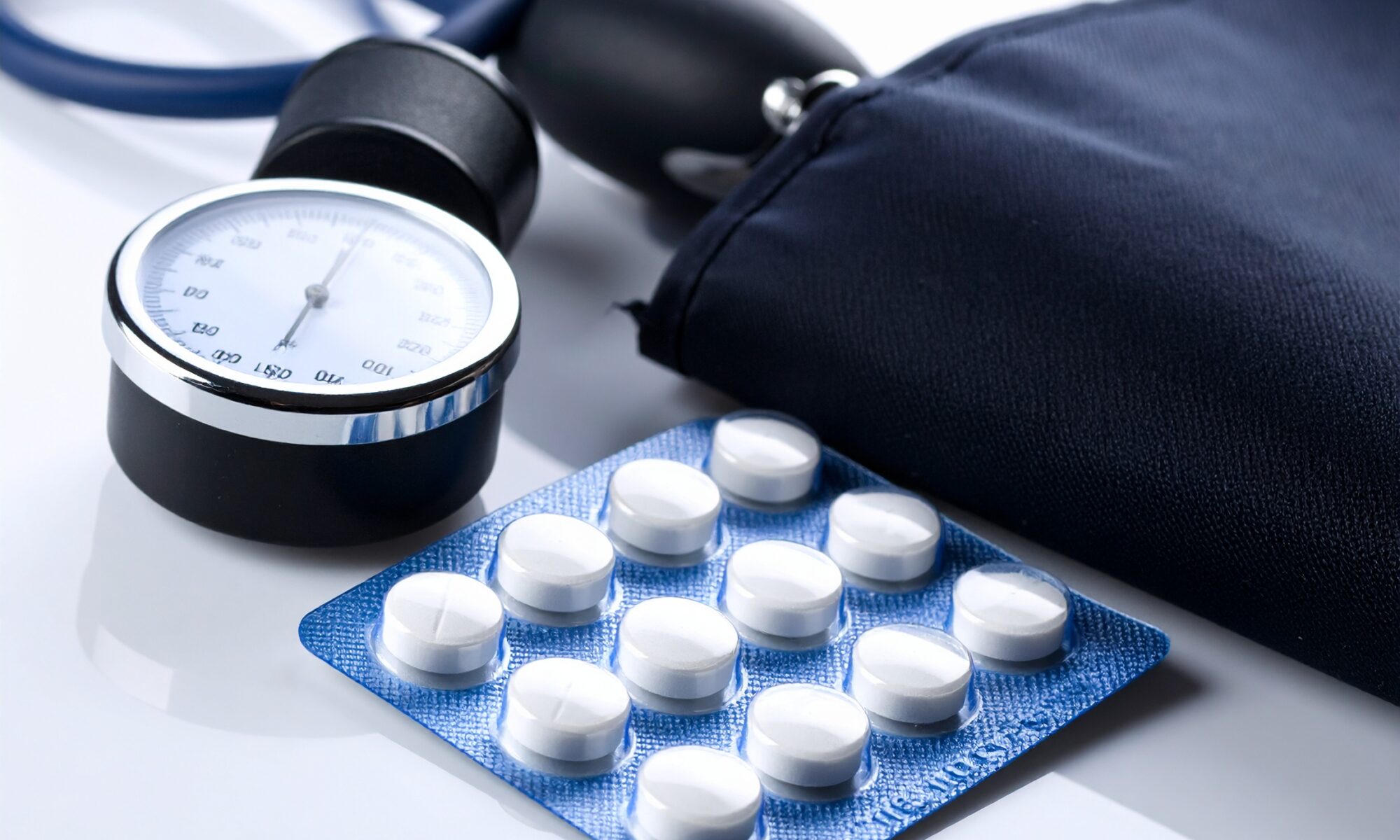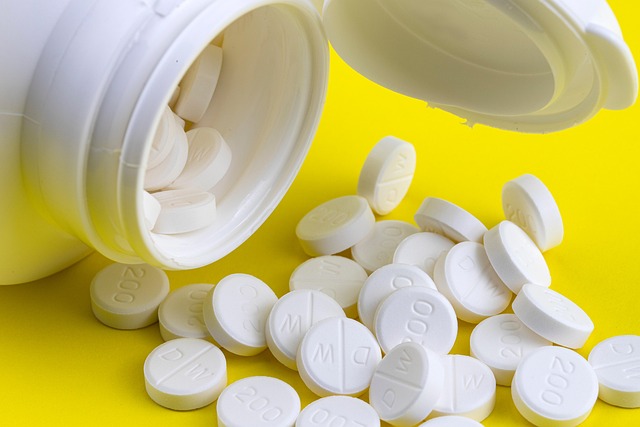Podcast: Play in new window | Download (Duration: 14:18 — 6.5MB) | Embed
Ketoconazole is an imidazole antifungal that works by inhibiting fungal cytochrome P450 14α-demethylase, an enzyme essential for ergosterol synthesis, which disrupts fungal cell membrane integrity.
Common adverse effects of ketoconazole include nausea, vomiting, abdominal pain, and elevated liver enzymes, with hepatotoxicity being a notable concern.
Ketoconazole carries a boxed warning for severe hepatotoxicity, including cases of liver failure and death, and should not be used as a first-line treatment for fungal infections when other safer antifungals are available.
Another boxed warning highlights ketoconazole’s potential to prolong the QT interval, increasing the risk for life-threatening ventricular arrhythmias such as torsades de pointes.
Ketoconazole is a strong inhibitor of CYP3A4 and can cause significant drug interactions by increasing serum concentrations of medications metabolized by this pathway, including statins, certain benzodiazepines, and some antiarrhythmic.
Be sure to check out our free Top 200 study guide – a 31 page PDF that is yours for FREE!
Support The Podcast and Check Out These Amazing Resources!
Meded101 Guide to Nursing Pharmacology (Amazon Highly Rated)
Guide to Drug Food Interactions (Amazon Best Seller)
